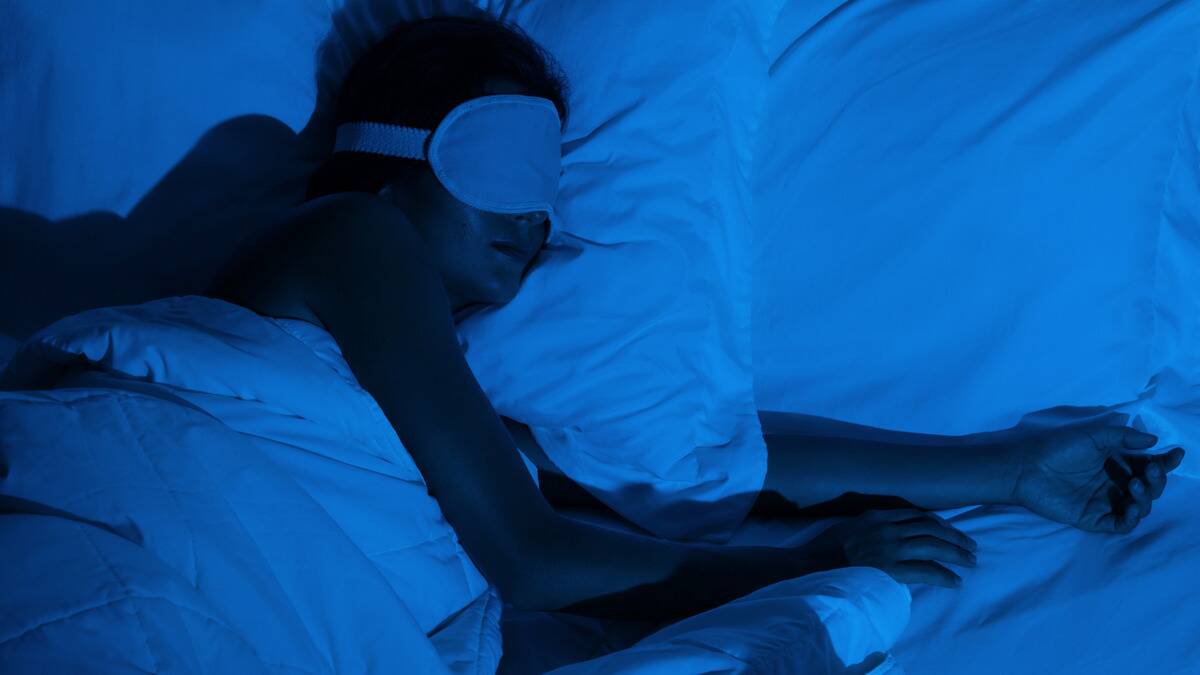How To Lucid Dream, 5 Methods To Try
Have you ever wished you could control your dreams? Lucid dreaming is just that, the ability to become aware of and even manipulate your dreams while you're still asleep. Imagine flying through the sky, exploring fantastical worlds, or confronting your fears, all within the safety of your own mind.
It isn't just for the naturally gifted; anyone can learn how to have a lucid dream with a bit of practice and the right techniques. Here are just five methods you can try to induce lucid dreaming and live out your wildest dreams, literally!
Our subconscious holds immense power. Each of us contains endless amounts of strength within; we just have to look to the darker parts of ourselves to find it.
The Shadow Work Journal is designed to help you explore the deepest corners of your psyche and use your discoveries for unimaginable personal growth. Click here to learn more today and see what power you hold.

To sign up for the Higher Perspectives daily horoscope, click here!
Awake While Sleeping

Lucid dreaming is a fascinating phenomenon that occurs when you become aware that you're dreaming while still in the dream state. This awareness allows you to take control of the dream's narrative, characters, and environment, letting you conjure whatever your heart desires.
Many people also use lucid dreams for problem-solving, creative inspiration, and even overcoming nightmares. It can be a powerful tool for exploring your subconscious mind, offering insights into your deepest thoughts and desires. But how do you get there? How can you start lucid dreaming? Well, there are a few ways. Let's explore them.
Reality Checking

Reality checking helps train your mind to be more aware of whether you are awake or dreaming. This mental exercise boosts metacognition, your ability to monitor your own thoughts. Higher metacognition when awake can lead to better awareness while dreaming.
The brain's prefrontal cortex, involved in both reality testing and lucid dreaming, plays a key role here. To improve metacognition, practice reality testing throughout the day by regularly asking yourself, "Am I dreaming?", checking your surroundings for clues (things like hands, text, and numbers tend to warp in dreams), and noticing how you're interacting with your environment. By reality-checking even when awake, you'll get into a habit that you might be able to pull into your dreams, too.
Keeping A Dream Journal

Keeping a dream journal, also known as a dream diary, is a widely used technique to start lucid dreaming. It's also probably the simplest method. All it involves is writing down what happened in your dreams as soon as you wake up, as writing down your dreams helps you recall them better and notice recurring patterns or unusual events (dreamsigns) that can signal you're dreaming.
To make it effective, record your dreams immediately upon waking up. It's also helpful to review your dream journal regularly to reinforce your dream awareness and improve your ability to recognize when you're dreaming. This practice aims to increase your chances of experiencing lucid dreams by enhancing your overall dream recall and awareness.
Discover the secret powers hidden in your deepest, darkest subconscious, click here to begin your journey.
Wake-Initiated Lucid Dreaming (WILD)

A wake-initiated lucid dream (WILD) happens when you transition directly from being awake to entering a dream state. This means keeping your mind alert while your body begins to fall asleep.
To try WILD, start by lying down in a comfortable position and relaxing deeply. As you do so, you may start to experience hypnagogic hallucinations, which are vivid sensations or images that occur just before falling asleep. You then have to hold onto these images as your body falls asleep, still aware and cognisant of what you're seeing, so you remain alert when the dreams take over.
Though it's simple in concept, mastering WILD can take quite a lot of time and patience. Don't give up if you don't see results right away!
Wake Back To Bed (WBTB)

Wake back to bed (WBTB) involves waking up after several hours of sleep to enter REM sleep while remaining conscious. This sounds complicated, but it's pretty easy to implement.
To try WBTB, set an alarm for about 5 hours after you go to bed. After waking up to the alarm, stay awake for around 30 minutes and engage in a simple, quiet activity like reading or journaling. Then, go back to sleep.
Once back asleep, you'll have a higher chance of experiencing a lucid dream. During the wakeful period, be sure to engage in any activity that keeps you fully alert, as studies show that the likelihood of lucid dreaming depends more on how awake you are during this time rather than the specific activity you choose.
Mnemonic Induction Of Lucid Dreams (MILD)

Mnemonic Induction of Lucid Dreams (MILD) is a method backed by scientific research to help induce lucid dreams. MILD focuses on prospective memory, where you set an intention to realize you're dreaming.
To try MILD, think about a recent dream you had as you fall asleep. Identify a "dreamsign" from said dream, something unusual or impossible like being able to fly. Now, imagine yourself back in that dream, aware of the dreamsign, then repeat to yourself, "Next time I dream, I will remember I'm dreaming."
It's effective to practice MILD when waking up during the night, especially when dreams are still fresh in your memory. WBTB and MILD can be practiced in tandem, too, by using MILD once you wake up from the alarm you set for WBTB.
The Power Of Our Dreams

Learning how to have a lucid dream is a journey that requires patience, practice, and persistence. By incorporating techniques such as the ones listed here, you can gain mastery over your dreams and use them to live out your fantasies.
Lucid dreaming also offers unique opportunities for personal growth, creative exploration, and emotional healing. Have fun, yes, but don't be afraid to be meditative with your lucid dreaming, too. The world is truly your oyster once you're in control.





